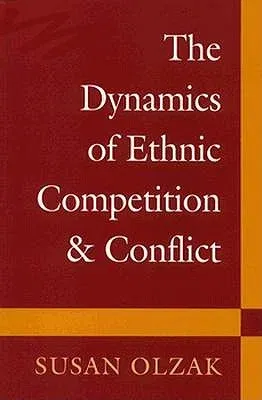The United States has frequently experienced outbursts of ethnic
violence during its history, but the historical evidence indicates that
not all ethnic groups were equally likely to be victims of violence. Why
should different groups at different times and places be the targets of
confrontations, riots, protest marches, and other forms of collective
action? The author focuses on the period 1877-1914, which was a time of
massive immigration, economic turbulence, increasing industrialization,
labor strife, and shifting race relations. During this time, violence
against blacks rose dramatically, while violence against Asian and
European immigrants rose and then subsided. The author uses daily
newspaper accounts from the largest 77 cities in the United States to
reconstruct the exact timing of ethnic confrontations. She then puts
forward a new theory of ethnic conflict and tests it with data on events
and with information on economic, social, and political changes during
the period. Contrary to conventional explanations that focus on the
degree of inequality or cultural differences among racial groups, the
evidence in this book suggests that the explanation of ethnic unrest is
to be found in the processes of competition. Although earlier theories
of race and ethnic conflict have often assumed that ethnic conflict is
primarily a function of poverty or deprivation, the evidence presented
in this book contradicts this view. Paradoxically, the analysis suggests
that conflict arose during periods of economic expansion as well as
during periods of economic contraction. The author explains this anomaly
by arguing that ethnic conflicts erupt when ethnic inequalities and
racially ordered systemsbegin to break down - when, in other words,
different ethnic groups find themselves competing for key resources such
as jobs and housing. The book analyzes ethnic violence at three levels:
at the national level, it examines the impact of economic fluctuations
and immigration flows;

